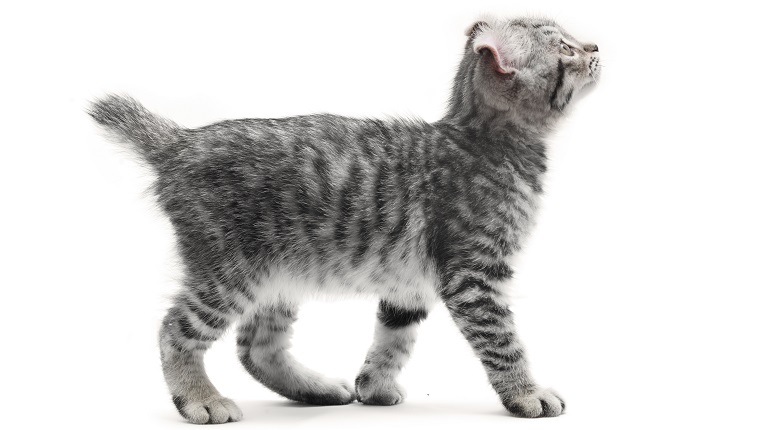The Highlander cat is a distinctive and striking breed known for its unique appearance and playful demeanor. Characterized by its wildcat-like features, this breed typically has curled ears, a bobbed tail, and a robust build. The distinctive curled ears are a result of a genetic mutation, adding to the breed’s charm. The Highlander cat’s coat can vary in length, but it is often…

The 2012 Global Pet Expo opened in Orlando, Fla., yesterday, with a record-breaking 2,452 booths supporting 890 exhibitors. GPE is…

